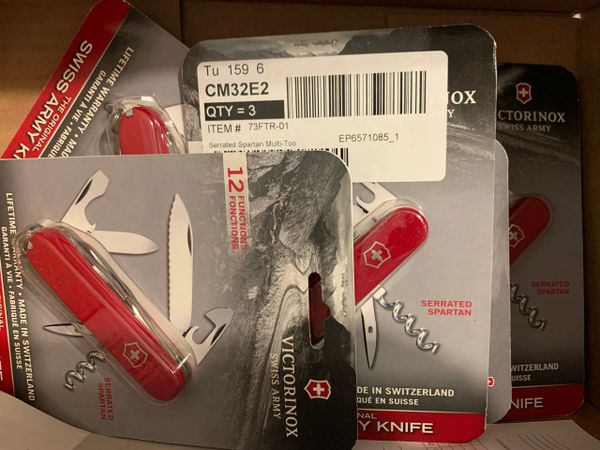- Joined
- May 9, 2002
- Messages
- 12,816
I keep hearing this, but it has never been my experience. I have seen SE knives that were sharp outcut PE knives that were dull, but in my experience, a sharp PE cuts synthetic and natural fibers just fine, and at least as good as SE. That's just my own experience, though.
I'm with you. A very sharp PE seems to slice through pretty much anything as easily as a SE. Where I give the SE the nod is that a SE is more forgiving of a poor rope cut than a PE. Also, a SE can be more readily forced though fibrous material if both PE and SE are dull. Serrations just keep cutting no matter what. That's what makes them great for beater knives. I don't think I have a serrated knife that is "too dull" to make a cut of some kind. It might be treated more like a saw, but it will still get through pretty much anything in a very ugly fashion.
But, yeah, I agree that a honed and polished PE is a better cutter when your knife is kept shape



